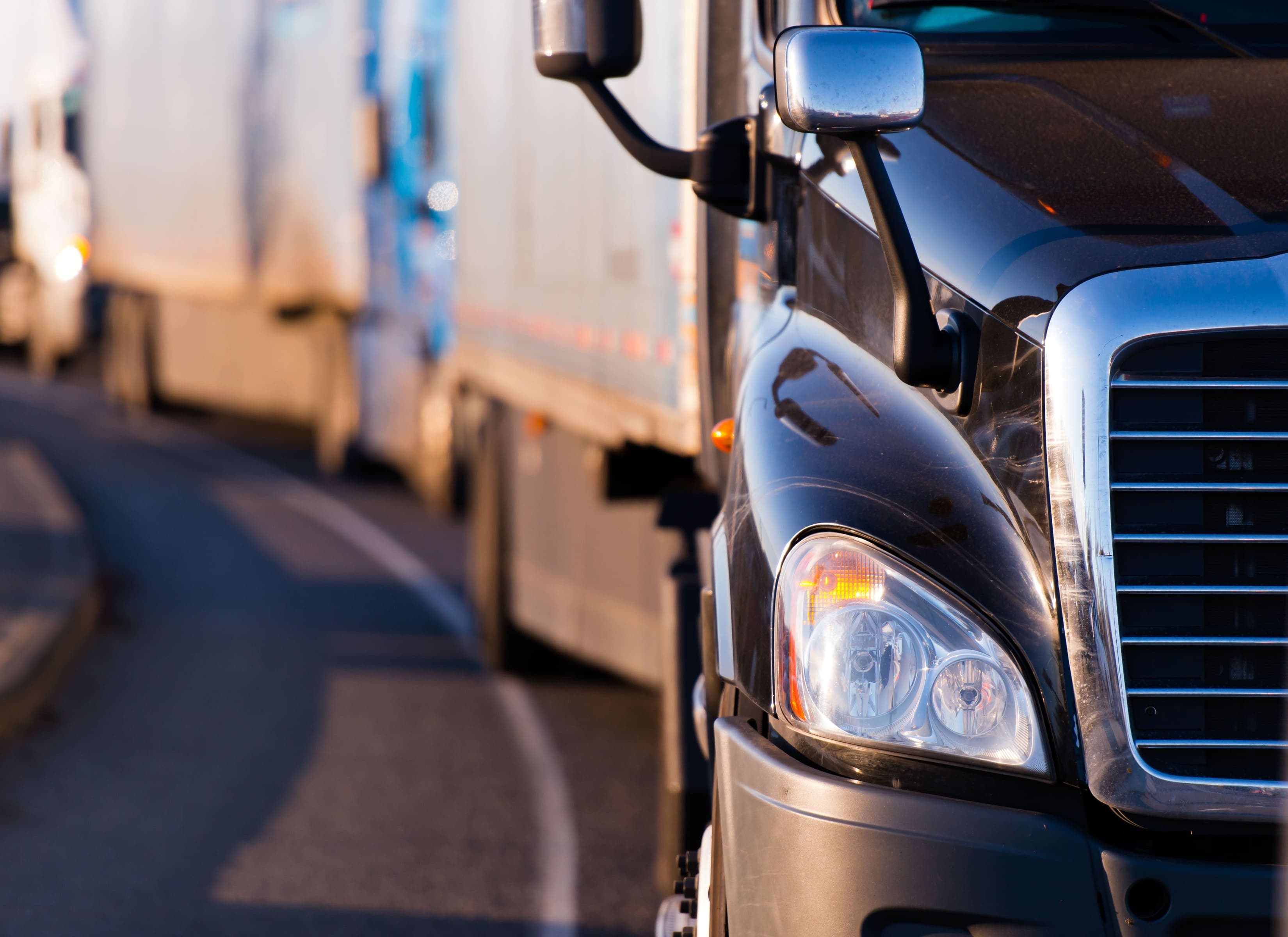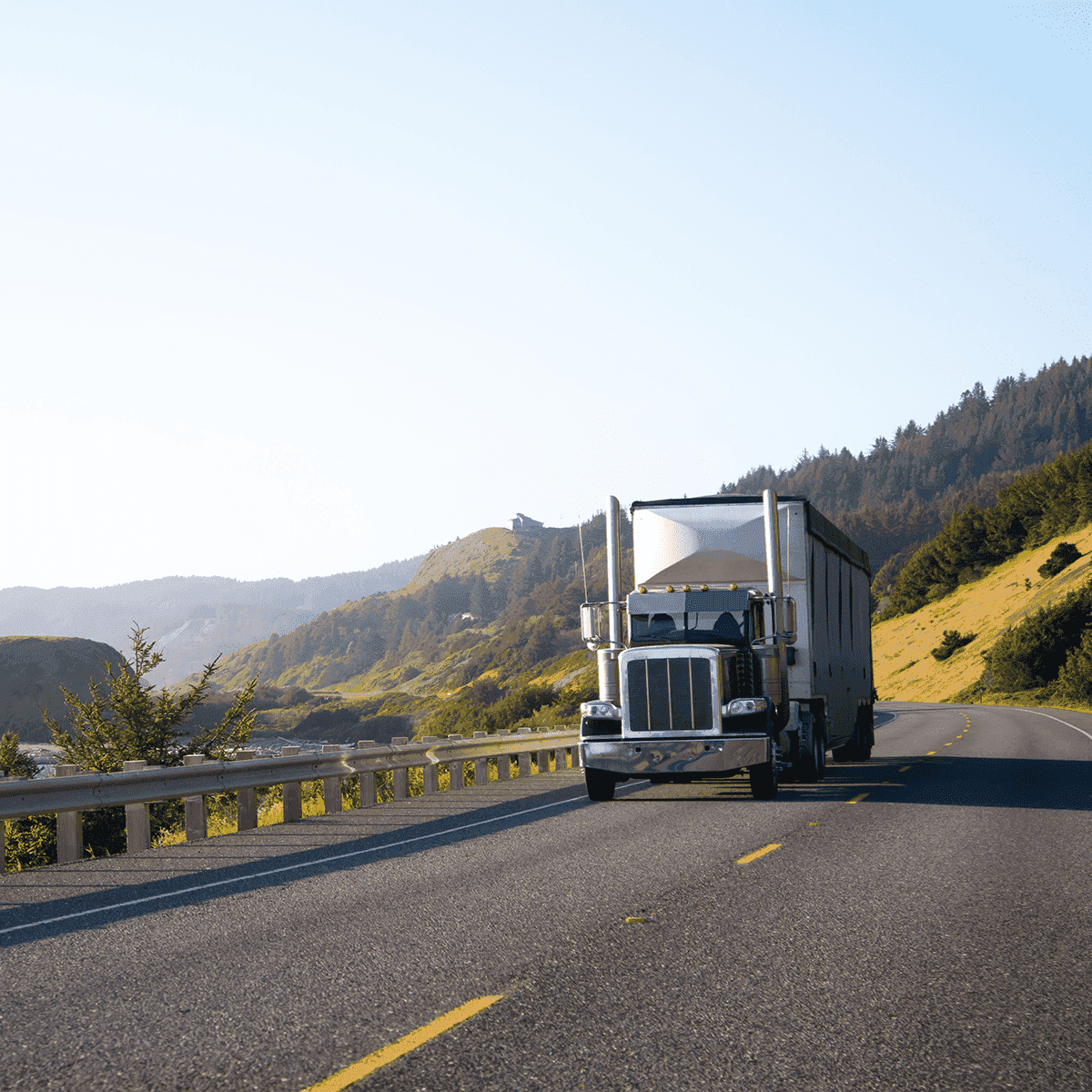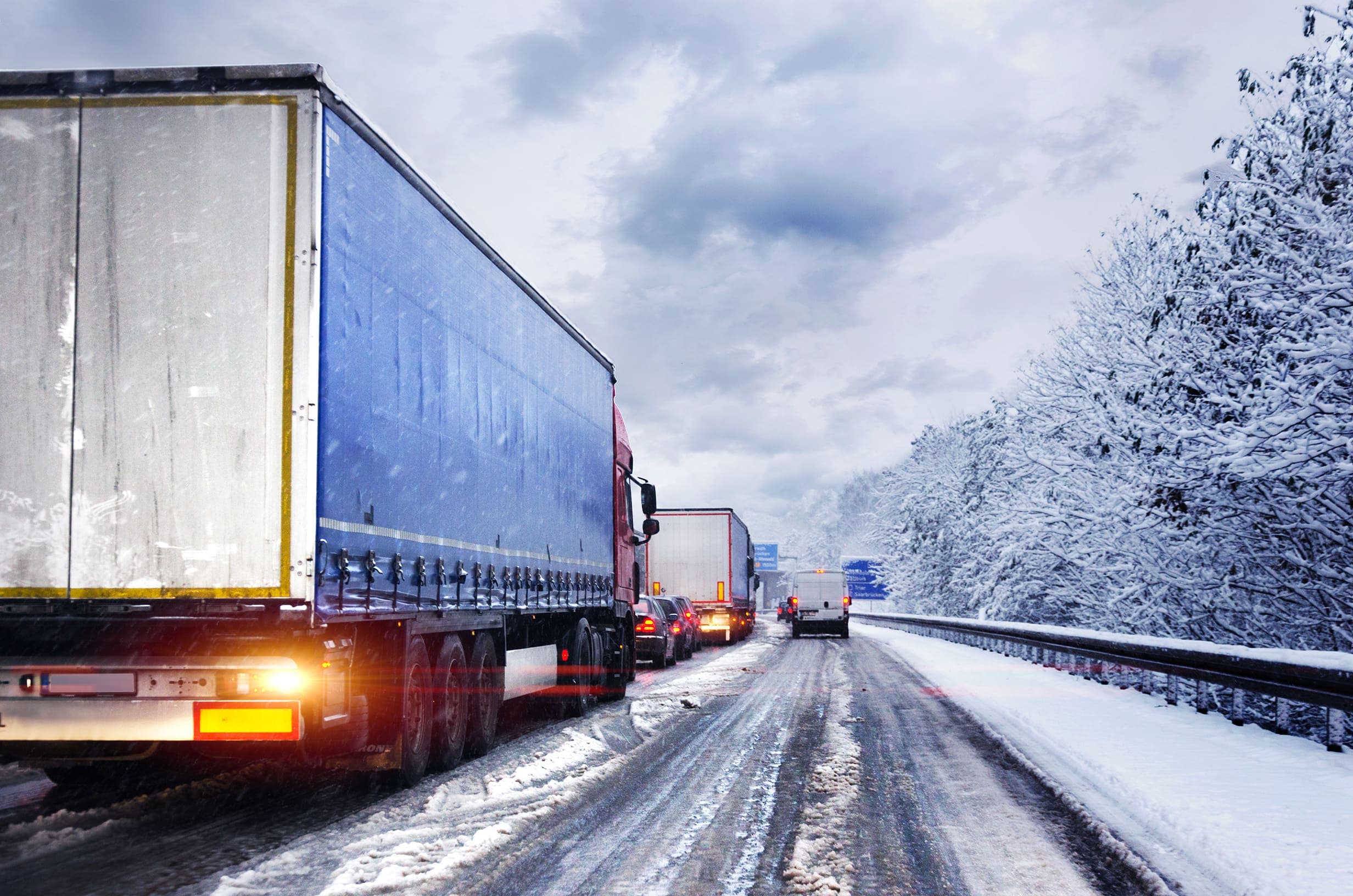How AI in Transportation will Accelerate Strategies in 2026

Trending
Top Posts
Fuel
Why Do Shippers Use The DOE Fuel Surcharge? A History Of The National Fuel Surcharge
5 min read
December 5, 2025
Market Events
How Ukrainian Drone Strikes on Russian Refineries Impact Your Fuel Costs
6 min read
November 20, 2025
Freight
The Definitive Guide on Fuel Management Systems
7 min read
November 11, 2025
5 min read
August 1, 2025

Share:
Table of contents
Browse the table of contents to jump straight to the part you’re looking for
The prioritization of emissions is reshaping transportation decisions, presenting challenges and opportunities for supply chains. With transportation accounting for a staggering share of greenhouse gas (GHG) emissions, companies are under pressure to make their operations more sustainable. For shippers, the ripple effects of extreme heat to flash flooding are already altering the way supply chains function. Companies, particularly in the food and beverage sector, have had to pivot to mitigate these challenges while aligning with growing consumer demands for sustainability.
While federal sustainability initiatives in the United States have been deprioritized, movement at the state level is creating momentum. State cap-and-trade systems and clean fuel standards, like California's Low Carbon Fuel Standard, create strong market signals for alternative energies. These state-led initiatives, coupled with international regulations like the European Union's Emissions Trading System (EU ETS), underline why decarbonizing transportation is here to stay.
Transportation accounts for approximately 28% of total U.S. GHG emissions, making it the largest contributor of U.S. GHG emissions. Within this sector, trucking stands out as a major source. Between 1990 and 2022, GHG emissions from transportation increased more in absolute terms than any other sector.
This heavy toll on the environment is compelling companies to act. According to Breakthrough's 2025 State of Transportation Report, 87% of shippers set long-term sustainability goals for 2025. Faced with rising costs and shifting regulatory frameworks, sustainable innovation in transportation has become a path to both operational efficiency and cost savings.
Embracing decarbonization strategies positions companies to unlock substantial first-mover benefits. Early movers can partner with carriers that are piloting alternative energy, adjust to results, and lock in contracts without the urgency and potential cost of regulatory deadlines. This proactive approach enables companies to achieve steady annual cost savings and emissions reductions well ahead of compliance requirements.
Companies that lead in sustainability enjoy measurable cost savings—such as lower fuel costs through alternative energy adoption and intermodal conversion, which can create meaningful reductions in both emissions and operational costs. For instance, renewable diesel and renewable natural gas are often more cost-effective than traditional diesel in states like California, multiplying both carbon and budgetary benefits.
Securing this advantage also means driving market share growth, as customers increasingly prioritize companies with sustainable practices, and fostering stronger internal collaboration between sustainability and logistics teams.
Companies already have access to a range of sustainability strategies, from low-cost, short-term solutions to high-cost, long-term approaches. By ignoring transportation decarbonization, companies risk falling behind—not just in compliance, but in remaining competitive as sustainability becomes a corporate standard.
To achieve significant emissions reduction, companies need to adopt a data-driven and multifaceted approach. Here are five proven strategies tailored to decarbonizing transportation operations.
Collaboration between shippers and carriers is essential for reducing emissions. By working with energy-efficient carriers and improving performance metrics like SmartWay scores, companies can see substantial results. For instance, improving one SmartWay rank can reduce emissions by an average of 6%.
A critical step here is obtaining reliable, primary data from carriers to establish a precise emissions baseline. This empowers shippers to identify opportunities to reduce emissions and celebrate fuel-efficient carriers.
Alternative fuels like renewable natural gas (RNG), biodiesel, and electric vehicles are gaining traction as effective energy types for decarbonization. These energy sources reduce emissions compared to traditional diesel and have become more cost-effective due to advancements in technology, improved infrastructure, and widespread adoption. With over 1,690 alternative fuel stations now available across the country, the shift is more accessible than ever.
At Breakthrough, we've already helped shippers increase their adoption of alternative energy by 24%.
Switching from traditional truckload transport to intermodal options, particularly rail, delivers dual benefits of lower emissions and reduced transportation costs. By analyzing transportation networks, companies can identify where mode conversion fits.
Efficiency often starts with smarter route optimization. By leveraging digital freight networks and AI-powered freight technology, shippers gain visibility into their operations, reducing empty miles and curbing unnecessary fuel consumption. Even minor transportation adjustments often lead to significant emissions reductions while improving overall operational efficiency.
Introducing an internal carbon price into operations enables companies to truly measure and manage the environmental trade-offs of their decisions. Carbon cost models allow for streamlined sustainability budgeting, pushing companies to integrate initiatives into their financial plans without hesitation.
Breakthrough’s CleanMile solution, for example, provides shippers with actionable insights and customized roadmaps to demonstrate how internal carbon pricing can support emissions reduction efforts. This not only aligns their operations with long-term sustainability objectives but also creates a framework for measuring progress in a structured, results-oriented way.
The drive to decarbonize transportation presents companies with opportunities to stand out as industry leaders. By encouraging carriers to participate in the SmartWay program, piloting alternative fuels, transitioning to intermodal transport, optimizing routes, and incorporating carbon pricing, shippers gain a pathway toward operational efficiencies and environmental responsibility.
Companies must ask themselves—are they taking the necessary steps today to meet the demands of tomorrow? Breakthrough’s 2025 State of Transportation Report offers an in-depth look at how you can position your network.
Breakthrough's Expertise
Explore actionable insights and find the right solutions for a sustainable, competitive edge.


5 min read
December 5, 2025
The DOE fuel surcharge is an outdated, inaccurate method for fuel reimbursement. Learn why it costs you money and discover a modern, market-based alternative.
Read more
6 min read
November 20, 2025
Understand the impact of Ukrainian drone strikes on Russian refineries. Learn why diesel prices are volatile and how to protect your budget from market shocks.
Read more
7 min read
November 11, 2025
Discover how fuel management systems cut costs, track emissions, and improve reimbursement accuracy for modern freight operations.
Read more